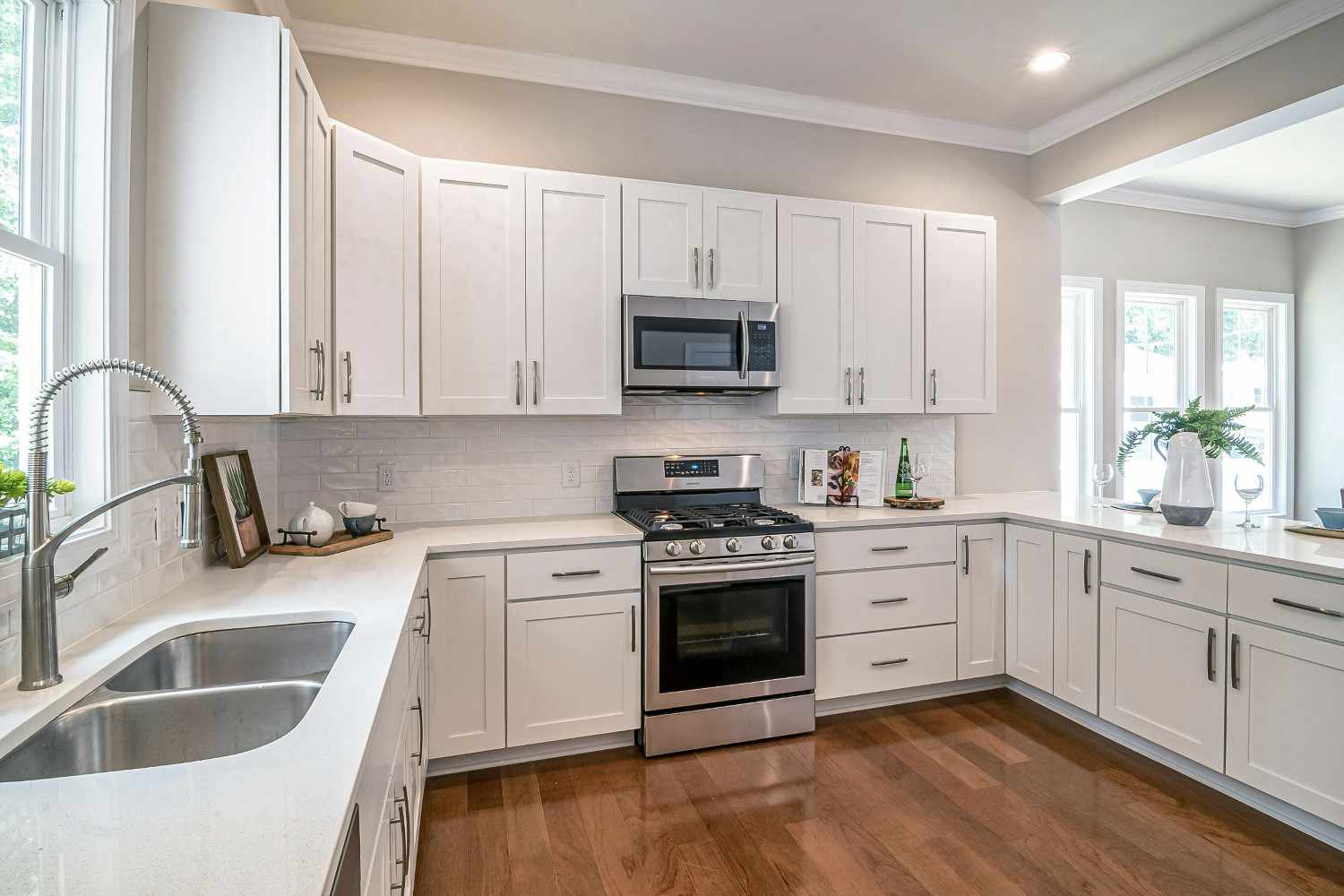Getting approved for a mortgage can be complicated, especially if a borrower doesn’t fit the typical profile for a mortgage borrower. However, there are still ways that borrowers can obtain a mortgage if they search for the right type of loan for them.
What are typical mortgage loan requirements?
Typically, lenders will search a borrower’s profile for certain requirements to see if they qualify for a mortgage loan. One of the most common types of mortgage loans is a conforming loan. These loans are created by private (or non-government) lenders and conform to a set of standards created by the Federal Housing Finance Agency (FHFA). When loans conform to these standards such as credit score, debt ratio and loan size, they can be sold to and backed by Fannie Mae or Freddie Mac.
For a loan to qualify to be purchased by Fannie Mae and Freddie Mac, lenders must follow a set of guidelines from the FHFA. These guidelines ensure loans are not too risky and that borrowers are not being placed into mortgages they can’t afford. Some of those guidelines include:
- Borrowers monthly debt payments can’t exceed 43% of their monthly pre-tax income
- Borrowers must have a credit score of at least 620
- Borrowers must have a down payment – but some loan programs offer mortgages for as little as 3% down
Borrowers also need to submit documentation to prove they are financially able to take out a mortgage such as W2s, tax returns, bank statements or other proof of income.
Non-traditional loan market is growing
While conventional mortgages are the most common loan type – with many borrowers opting for a conventional, conforming, 30-year fixed-rate mortgage – there are other options.
Non-QM mortgages, or mortgages that do not qualify to be bought by Fannie Mae and Freddie Mac are growing in popularity. These loans have drawn criticism for being non-traditional loans, however, they still must meet ability-to-repay requirements.
“A non-QM loan is not necessarily a high-risk loan; however, as the inclusion of terms such as interest-only or limited/alternative documentation can increase the risk of repayment for lenders,” a recent report from CoreLogic clarified. “Non-QM loans must satisfy the ATR requirements.”
Non-QM usage reached an all-time low in 2020, making up just 2% of all loans originated, a recent report from CoreLogic stated.. But this number doubled in 2022 to 4% of the mortgage market.
“[Non-QM loans] play a key role in meeting the credit needs for homebuyers not able to obtain financing through the GSE or government channels,” the report stated. “Creditworthy borrowers such as self-employed borrowers, first-time homebuyers, borrowers with substantial assets but limited income, jumbo loan borrowers and investors otherwise not qualifying for the GSE and government loans, may benefit from non-QM loan options.”
An analysis of non-QM loans from 2001 to 2022 showed that three of the main reasons borrowers opted for this loan type included limited or alternative documentation, a DTI above 43% and borrowers opting for an interest-only loan at 55%, 26% and 23%, respectively.
Borrowers who are looking for other options can ask their lender about a non-QM loan.“Today’s non-QMs are high-quality loans,” CoreLogic stated. “They are vastly different and less risky than the equivalent of non-QM loans originated prior to the Great Recession.”
The serious delinquency rate for non-QM loans is just slightly higher than the rate for QM loans and significantly lower than for government loans, CoreLogic’s report states. Due to the slight increase in risk to lenders, interest rates on non-QM loans could be slightly higher than other loan types. Borrowers with high credit scores and higher down payments could find more success with non-QM rates to offset the added risk of higher debt amounts or limited documentation.
Interested in hearing about our non-QM services at Defy Mortgage or our loan services in general? We’d love to hear from you. Contact us here.




